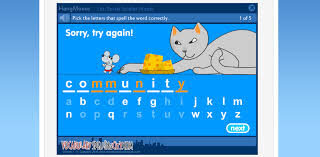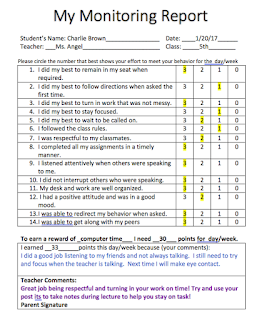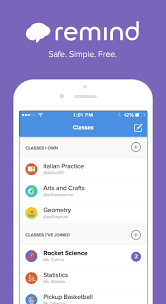Three Simple Steps and Tech Tips to Support Students with ADD/ADHD
Yes somethings are obvious, the hyperactive child who can’t sit still on the carpet, lacks self control and can blurt out compulsively, desk is completely disorganized with papers, drawings, and candy wrappers, you know these are behaviors of a child with attention deficit disorder (ADD).
But what is not always obvious is what lies beneath the surface of a child with ADD/ADHD. ADD/ADHD is much more than just a behavioral issue, and focusing just on what you can see and not what is going on emotionally and cognitively can have a negative impact socially and academically for students with this disability. Students with ADD/ADHD are just as capable as other students, in fact they are likely to be good problem solvers, highly creative and have an abundant amount of energy (of course).
What you need to know about ADD/ADHD in terms of what is going on behind the scenes (in their brain) should impact the way you teach and approach instruction.
Students with ADD typically have weak executive functioning. This means their working memory, (which is what kids use to remember information long enough to actually use it) is impaired and this will impact their ability to read and learn skills in math. They are also likely to have a difficult time getting started and exhibiting effort towards a task. Internalizing language is also an issue and that means they are probably less likely to ask for help.
Other cognitive concerns includes having an impaired sense of time, so not only will they have difficulty getting started, but they will also lose track of time and have difficulty planning and executing long-term projects.
So what does all this mean for you the teacher, and how can you use this information, to get your incredibly capable and creative child to not only be, but feel successful (children with ADD/ADHD are also likely to have emotional issues including depression, anxiety and oppositional defiant disorder).
3 Steps to Support Students with ADD/ADHD
1. First start with planning:
- Be sure to include visuals, movement and graphic organizers to every lesson.
- Include learning apps such as studystack, spellingcity and quizlet to create flashcards and games to support recall and working memory.
- Make learning interactive with web-based games such as Kahoot and concept mapping such as Popplet to support making meaningful connections.
2. Next Support the Student in Self-Regulation:
- Construct a weekly or daily monitor report that you and the student can complete to monitor behavior and track growth.
- Use a secret signal such as a particular phrase or cue to attract and help redirect the students attention.
- Provide the student with a rubber ball or device that can be used to help them stay focused
- Include regular busy body breaks such as stretching or using Go Noodle
3. Get Parents Involved:
- Create a website, blog or use Google Calendar to share important dates, homework, agendas and upcoming events.
- Use the above monitoring form to let parents know how students are doing in your class.
- Share information about learning disabilities and strategies that can be used at home such as PBIS and IRIS
- Use a webtool such as Remind to send quick messages and reminders.
Schools should be a place where students grow and develop not just academically, but cognitively and socially as well. Non-cognitive skills such as self-regulation, self-monitoring and reflection are extremely important to develop in young children especially before they transition to secondary schools. For students with ADD/ADHD this requires teachers to do more than just plan for one standard but plan for all learners so they can be successful . These strategies will benefit not just your ADD/ADHD students but every student that needs to be empowered and independent.
Leave a comment below and receive the Monitoring Report template for free. Join our virtual discussion on Facebook










